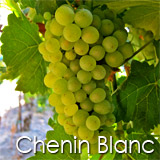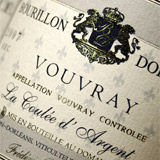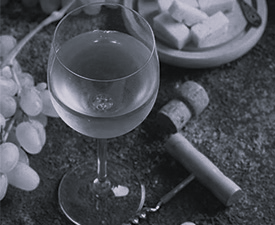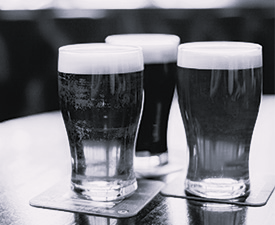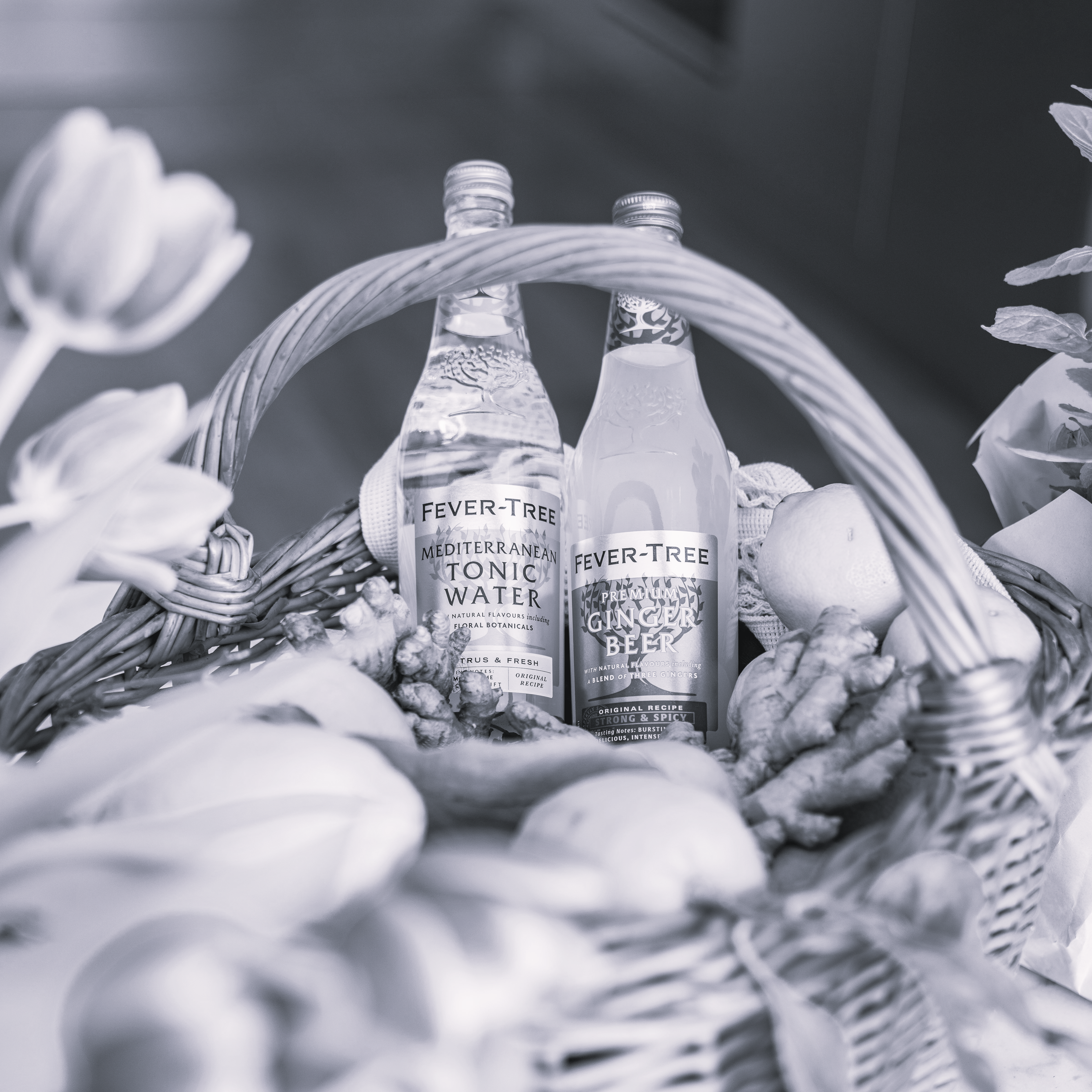Chenin Blanc is a white wine grape variety from the Loire valley of France and the wine region most closely associated with the variety. Chenin Blanc is an authorized planting in many AOC regions but is mostly planted in the Middle Loire AOCs of Anjou, Bonnezeaux, Cremant de Loire, Coteaux de l'Aubance, Coteaux du Layon, Jasnieres, Montlouis, Quarts de Chaume, Saumur, Savennieres, and Vouvray.
Chenin Blanc probably originated as a mutation of the Pineau d'Aunis (Chenin Noir) in Anjou. Chenin Blanc is one of the world's most versatile grapes - its high acidity means it can be used to craft everything from sparkling wines to well-balanced dessert and fortified wines, although it can produce very bland, neutral wines if the vine's natural vigour is not controlled. Outside the Loire it is found in most of the New World wine regions; it is the most widely planted variety in South Africa, also known as Steen. Chenin Blanc was often misidentified in Australia as well, so tracing its early history in the country is not easy, probably being introduced by James Busby.
The climate of a wine region will dictate whether Chenin Blanc is produced in a predominately sweet or dry style, while the vineyard soil type will generally influence the overall style of the wine. In cool areas the juice is sweet but high in acid with a full-bodied fruity palate. In the unreliable summers of northern France, the acidity of under ripe grapes are made into popular sparkling wines such as Cremant de Loire. The white wines of the Anjou AOC are perhaps the best expression of Chenin as a dry wine, with flavours of quince and apples. In nearby Vouvray they make an off-dry style, developing honey and floral characteristics with age.
The aromas and flavour characters of Chenin Blanc often include the descriptors of mineral, greengage, angelica and white honey. New World styles of Chenin, like those of South Africa, are more often made to be consumed young and exhibit rich tropical fruit notes such as banana, guava, pear and pineapple.
